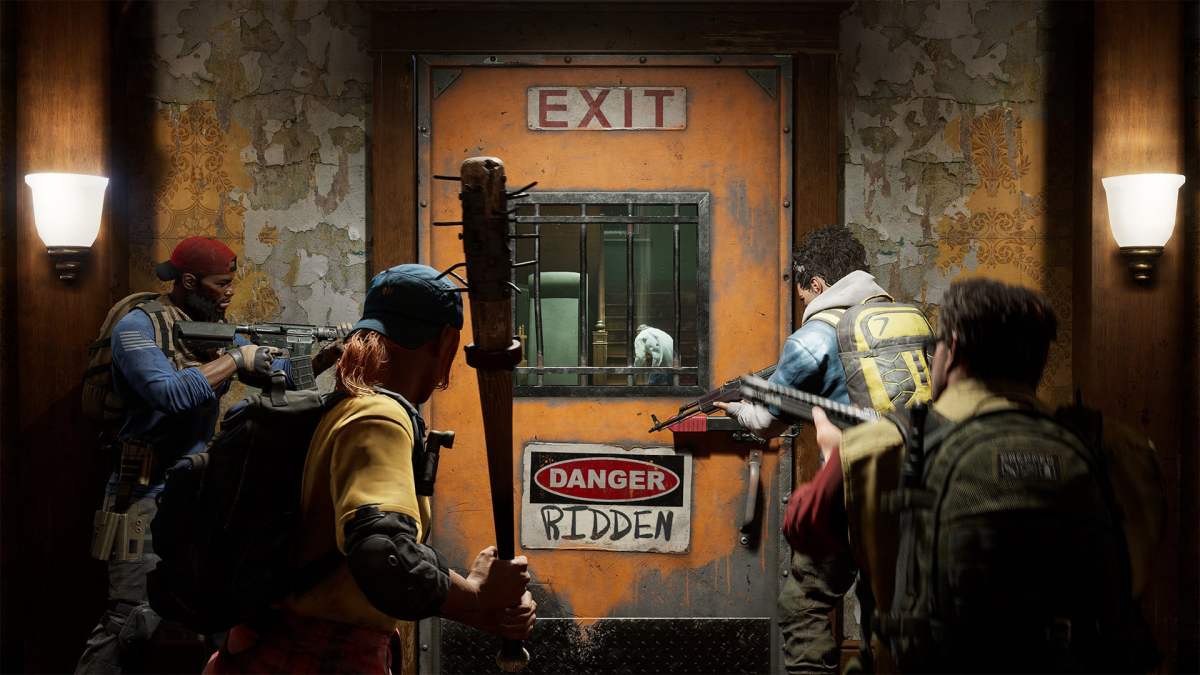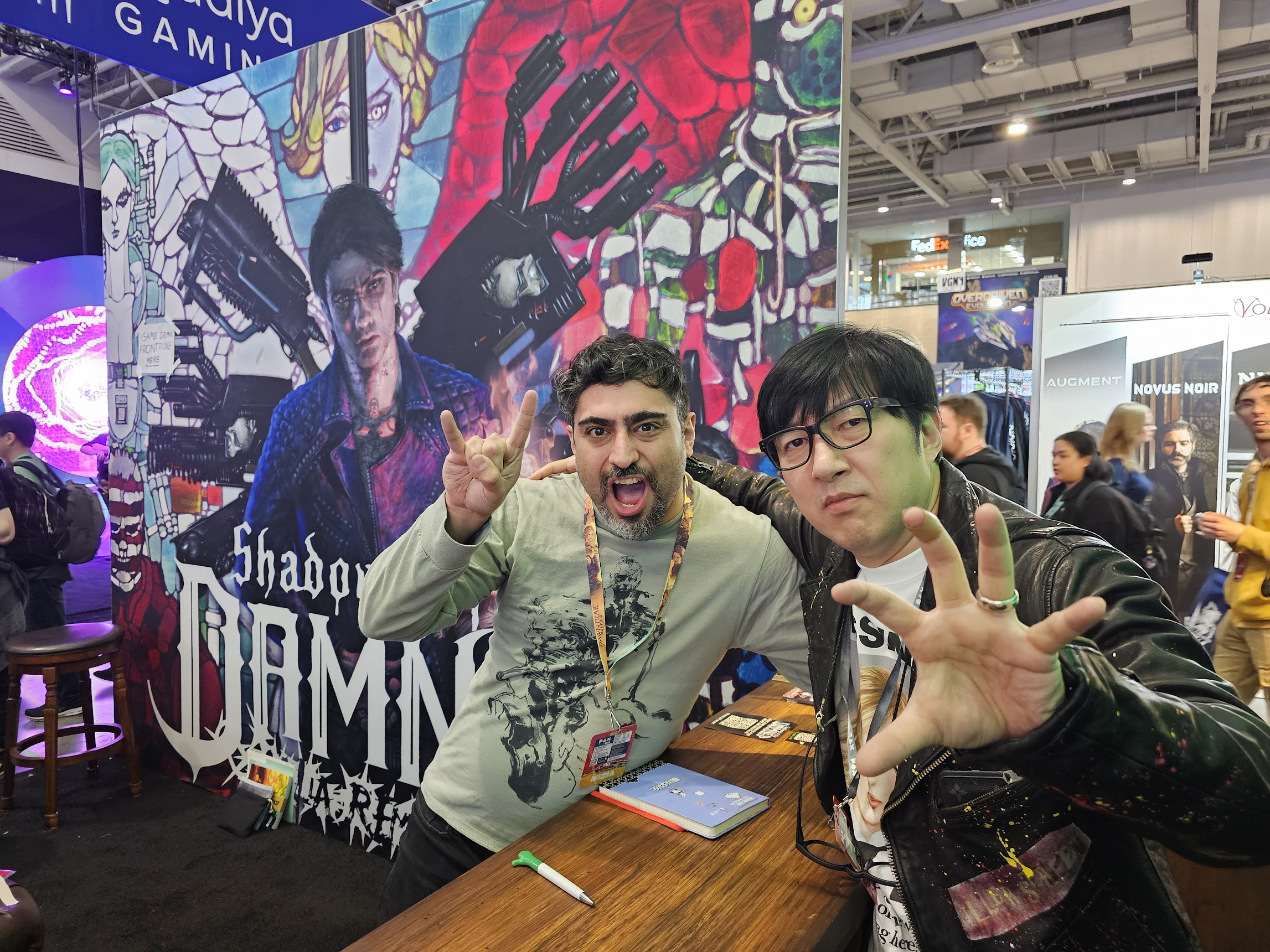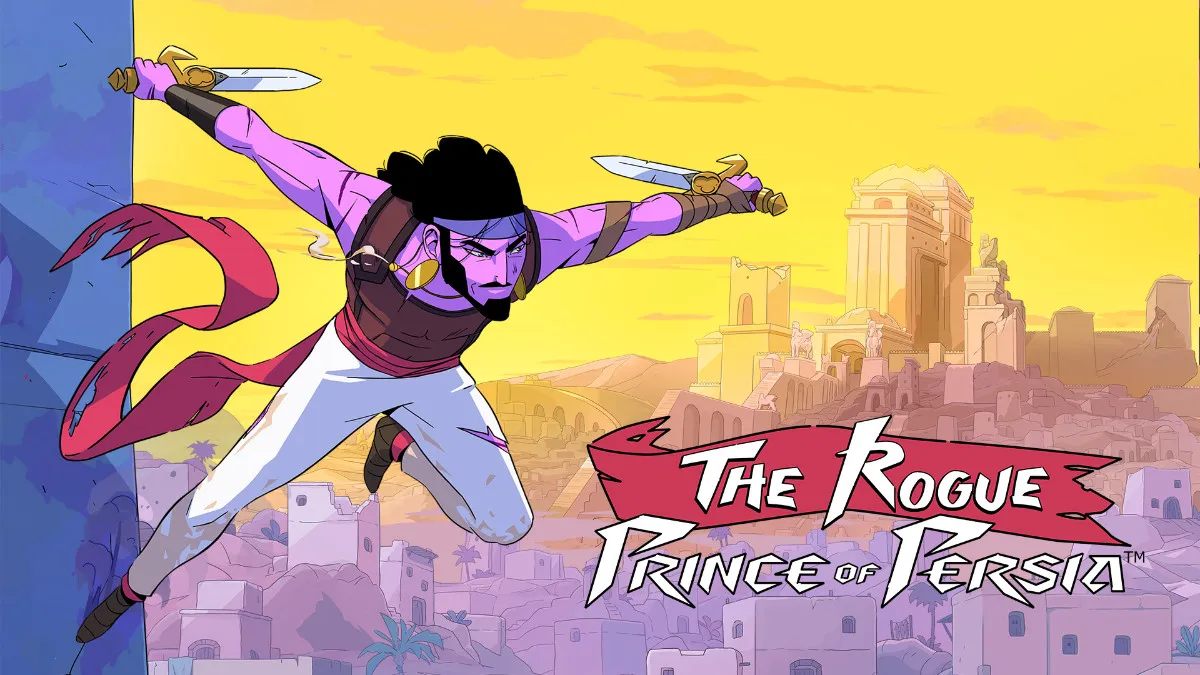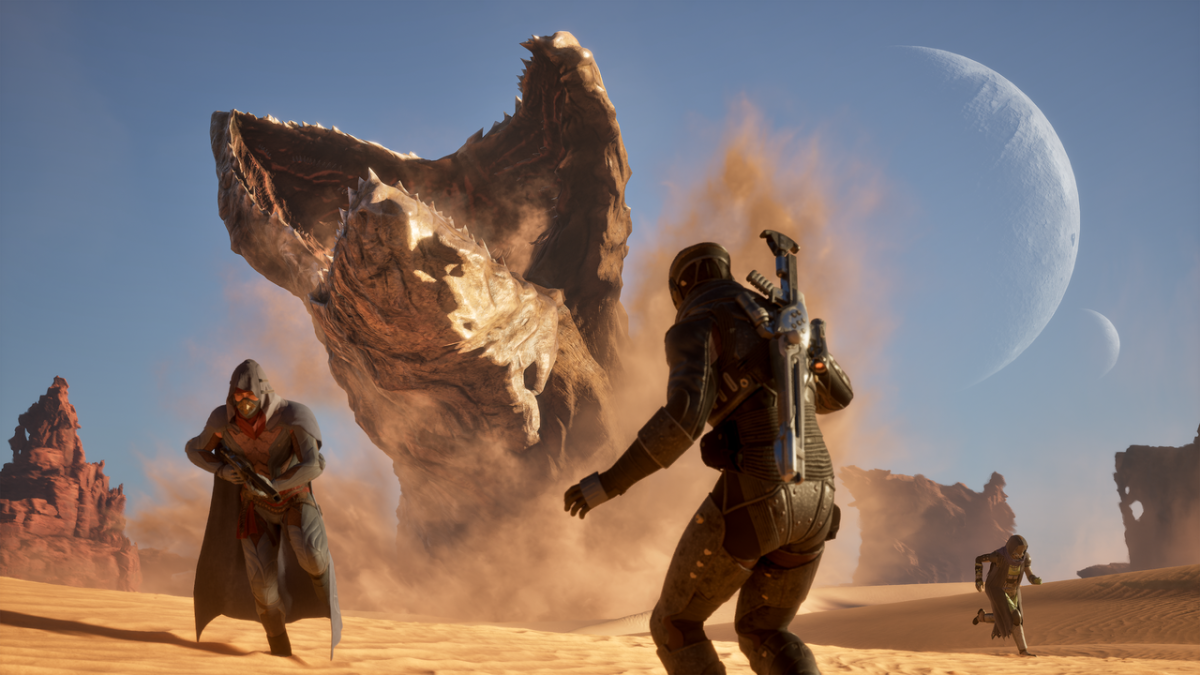It’s been 11 years since Turtle Rock Studios and Valve released Left 4 Dead 2, though passionate fans surely don’t need to be refreshed on the time apart. During the drought of over a decade, countless imitators have risen to the challenge of trying to deliver the Left 4 Dead 3 Valve never got around to making. Earthfall reskinned the familiar gameplay with aliens, and Vermintide settled on giant bipedal rats. Plenty of others, like Zombie Army and World War Z, haven’t shied from the direct comparisons and delivered their own undead hordes.
Each effort has its fans, but they all arguably lacked one signature element: nail-biting pacing, and in Back 4 Blood, Turtle Rock’s spiritual sequel to Left 4 Dead, it’s clear the studio that popularized this genre so many years ago is still able to conjure up that mojo.
Left 4 Dead was a good shooter, but not exceptional. It didn’t look great at launch. One could argue its gameplay loop was even a bit lacking, though post-launch support for Left 4 Dead 2 would eventually shut down such talks. But it’s remained an all-time classic because of its strong focus on teamwork in the face of an unpredictable, unseen enemy. The AI Director allowed each game to play differently, so players rushing through a level might get hit with a hulking Tank zombie to steer them backwards, or those dragging their feet might alert hordes more commonly to keep them moving through the movie-like campaigns.
Despite some aforementioned games attempting similar technology, only Back 4 Blood seems to have properly tuned that intelligent machine learning system to deliver optimal drama to players. The results are a game bursting with nostalgia, but also unafraid to reinvent itself in some ways. Though my time with the game’s alpha offered just one four-chapter campaign for players to test this past weekend, Back 4 Blood already feels like the proper reunion tour for the development team. I’m excited to see what other settings the game’s multiple campaigns will take players to, just like Left 4 Dead did so many years ago.
The mostly rural setting, twangy music, and quippy characters all felt like they’d fit right in alongside campaigns like Blood Harvest and The Parish as well as darkly comical characters like Louis and Ellis. New heroes like Evangelo and Hoffman deliver enough one-liners to help you understand who they are without the game ever slowing down for even a single cutscene.
With levels taking players through blown-up neighborhoods, blue-collar factories, and an eventual pulse-pounding bridge finale, Back 4 Blood‘s first revealed campaign feels like lost DLC in a way. Though flashlights seem to be missing right now, I’m hoping that’s just an in-progress feature, as otherwise Back 4 Blood captures a very similar feeling of the games that inspired it — one of tension, with crows cawing tauntingly and nearby unseen zombies gurgling, but not without some campiness, as evidenced by an NPC hiding behind a fort of tables and chairs, begging not to go outside with you.
Even the new special infected, or “ridden,” as the zeds are called in this new universe, don’t stray far from their predecessors. The Retch plays like a Spitter-Boomer combo, while the game’s best new monster, the Ogre, is essentially a massive, multi-stage boss battle with something the size of, I don’t know, 10 Tanks or so. But this familiarity breeds comfort, like recalling a song you haven’t listened to since high school, even if plenty of other bands tried the same sound in the interim.
Nothing beats the original, and because of Back 4 Blood‘s wisely delivered pace, it seems what this genre needed was its progenitor back. So many games have given us the quippy characters, the varied monsters, the filmic campaigns, but none to date have really captured the feeling of watching your friends all drop down a ledge just before you’re caught up by a horde and there’s no way back for them to save you. No imitator has replicated the same scratching-at-your-heels thrill of The Parish’s unique beeline finale, but Back 4 Blood manages to do it.
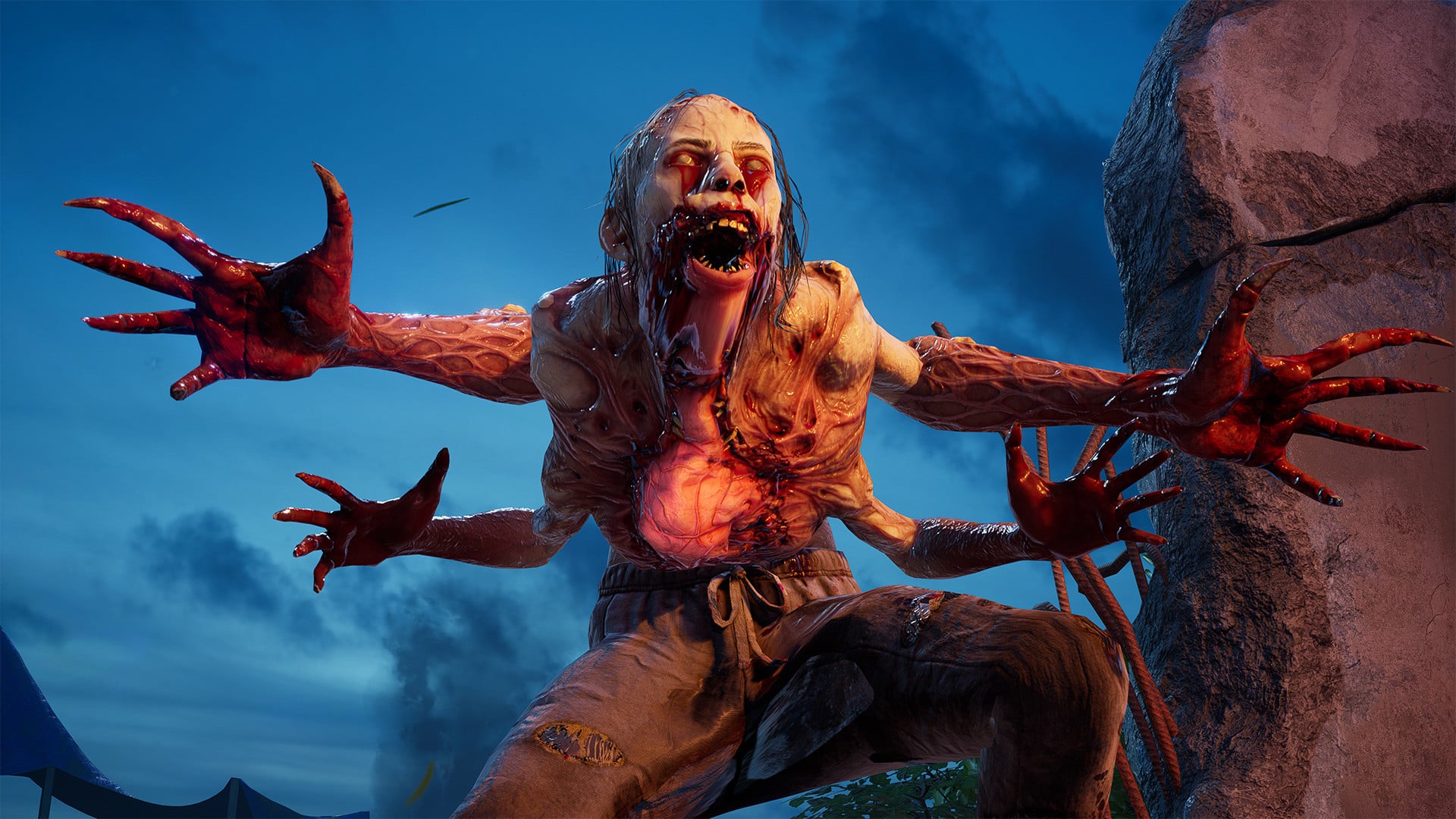
In fact, it even builds on it with new bomb-setting mechanics. These ask players not to rush from end to end of the bridge like we saw in L4D2, but to pause to blow up the bridge with smartly placed bombs, all the while hordes keep pace. It requires more teamwork than its predecessors and reminded me of the increased focus on teamwork in a genre already tending to be laser-focused on it.
There are other innovations in Back 4 Blood too. Away from Valve’s Source engine, players can now aim down sights and sprint, two things that weren’t available in L4D or its sequel. Weapons run the gamut of classes, like SMGs, rifles, shotguns, and melee, and in general they feel reliable and powerful, more so than before in some cases. For instance, the sawn-off packs just three shells before a reload is needed, but those three can clear a room. On the other hand, the reach of melee weapons feels off compared to before, and I made some painful mistakes before I reconfigured how to use a blade or bat well in combat.
New weapon attachments and an in-game upgrade store mean players should scour each environment for copper, the game’s currency, to buy crucial supplies like med kits, ammo, and throwables. I found Back 4 Blood to be gleefully more challenging than its predecessors as a result, but with a solid team, it was even more satisfying to make it out alive.
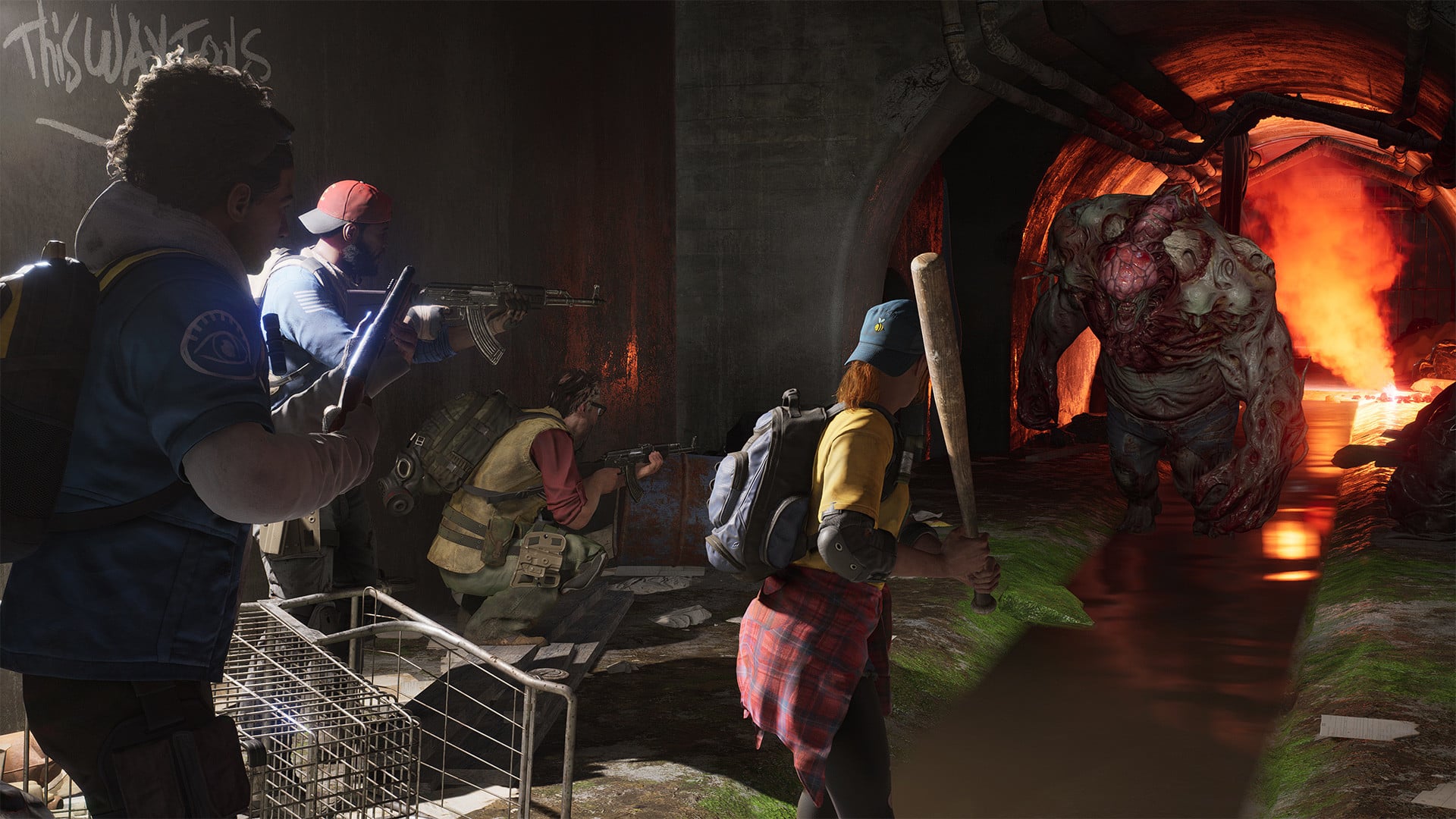
In the best change of all, a customizable card system gives players some agency in how the Game Director (AI Director) plays out. Buffs for you and the zombies alike are dealt with partial randomness, letting players inject bonuses of their choosing from a small handful of cards. This system felt confusing at first, but the cards themselves were clear and descriptive and allowed for character builds to emerge as campaigns went on. If after level one I made it so my character heals for 2 health whenever she notched a melee kill, it was wise to supplement that in the next chapter with a bonus that gave her a momentary speed burst after a melee kill as well. Some cards also came with penalties to offset the perks too, demanding players choose wisely and play off their group’s strengths and weaknesses.
My favorite card skill I saw in Back 4 Blood was one that heals both of you when you heal another character, rewarding those old selfless Left 4 Dead players. In the end, the card system takes the various shapes of Left 4 Dead‘s characters and gives them each RPG-like skill trees to build out much more malleable, though still wise-cracking, survivors.
As a massive Left 4 Dead fan, I always thought I would be happy with a spiritual successor from Turtle Rock that didn’t even offer new gameplay layers. I figured new characters and campaigns were all I needed. Maybe that’s still true, but after going hands-on, I can see the value in growing the genre in the ways Back 4 Blood does. Turtle Rock has created a science out of knowing when to hit players with a horde, or a trio of special infected, or things like car alarms and Witches that punish recklessness, making the imitators look a little less polished in the process. But leave it to the original rockstars of co-op zombie shooting and slashing to reinvent their own wheel in sometimes subtle, sometimes not-so-subtle (hello, Ogre) ways. After more than a decade of studios trying to claim Turtle Rock’s throne, it may soon feel like they never even left.

